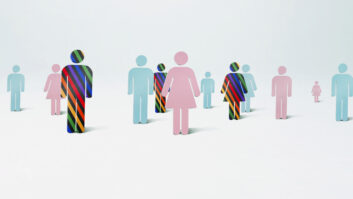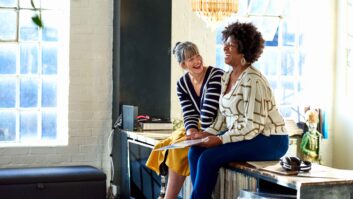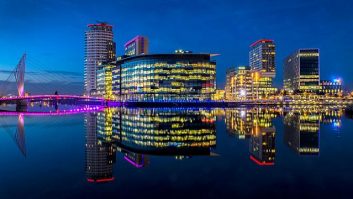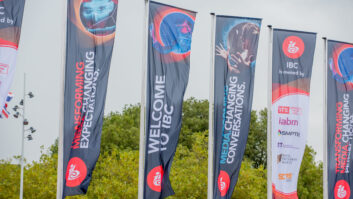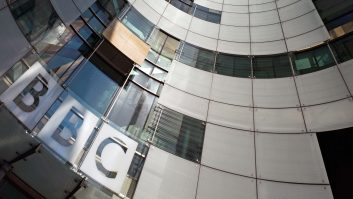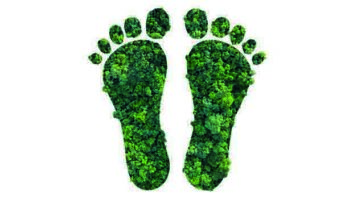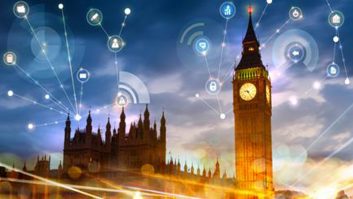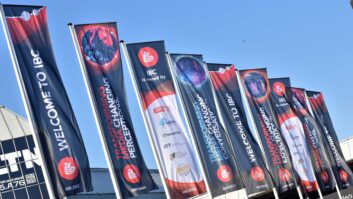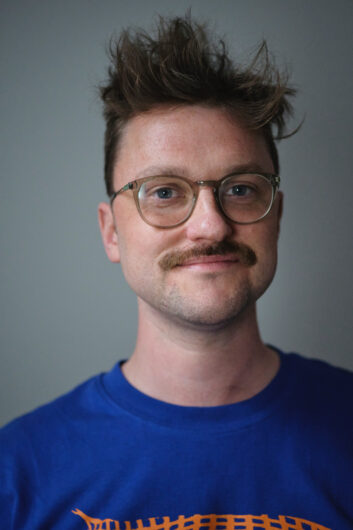 In recent years, there has been an incredible shift towards greater diversity and inclusion in the entertainment industry, both in front of and behind the camera. Audiences now demand authentic representation in storytelling and a workforce that reflects the real world. However, it’s clear this shift has moved faster than the industry’s ability to create an accessible and inclusive environment for everyone.
In recent years, there has been an incredible shift towards greater diversity and inclusion in the entertainment industry, both in front of and behind the camera. Audiences now demand authentic representation in storytelling and a workforce that reflects the real world. However, it’s clear this shift has moved faster than the industry’s ability to create an accessible and inclusive environment for everyone.
In my time as an agent exclusively representing neurodivergent artists, one thing is clear; people want to do the right thing. However, focusing on ‘getting it right’ is just a distraction.
When it comes to disability and neurodivergence, we obsess over using the correct words and terminology, out of fear of offending. This is well intentioned, but often we’re so afraid of getting it wrong that we end up doing nothing meaningful to promote inclusion. My proposal to the industry is simple. There is no magic formula, so instead of suggesting practical steps to be more inclusive, I propose a mindset shift.
If there’s one term I’m caught up on, it’s the term ‘inclusion’, because it forces us to confront a crucial question: who holds the power to include?
Language is a powerful tool, shaping our beliefs and actions. Inclusivity is a concept that holds immense importance in bringing about meaningful change for marginalised individuals. However, in many cases, the word ‘inclusion’ merely reinforces the discrepancy between those who have a seat at the table, the ‘includers’, and those who do not; especially when its use is not followed by meaningful action.
Some genuinely interpret inclusion as an effort to create accessible and equitable spaces, while others merely use it as a buzzword or superficial gesture to appear progressive without enacting substantive changes. This is rarely intentional, however, such promotion of inclusivity serves as a distraction from addressing the deeper, systemic issues of discrimination, bias, and inequity.
In many instances, change means a shift in the status quo. People often fear that change might entail relinquishing something they currently possess, whether it’s economic advantages, social status, or cultural dominance. This fear of loss can lead to resistance to change, even if it happens unconsciously.
If the cultural landscape is a table with a limited number of seats, simply pulling up an extra chair and making people squeeze together won’t suffice. In a world where there are those who ‘include’ and others who are ‘included’, in order to be ‘inclusive’, either we need a bigger table or someone must give up their seat…
We’re exceptionally good at maintaining the status quo, and this can be a force for good. It’s been proven just this year, when AI threatened the status quo for the future of jobs in the film and tv industries. I’m in awe of how the industry has united to protect jobs against AI, but at the same time I am confused as to why we can’t rally on behalf of those who couldn’t get access to jobs in the first place. Imagine if unions got together and said, “we’re not going back to work until barriers to the film and TV industries are removed for disabled people”. That would be something. What’s clear is, we love holding onto what we have, we don’t like giving things up for something else.
So while inclusion is the correct term, maybe we need to reframe how we think about inclusion and disability, playing into this ability to hold onto what we have.
I recently discovered pre-disabled as a term to describe non-disabled people, and while this term is not universally accepted, it can be transformative to understanding. As a term, ‘pre-disabled’ has its roots in the disability rights movement and discussions surrounding disability identity and language. It is often used to challenge the traditional medical model of disability, which views disability as a personal deficit or impairment. Instead, the concept of “pre-disabled” suggests that disability can affect anyone at any point in their life.
The truth is we may all experience disability at some point in our lives due to old age, illness, injury, or other circumstances. By acknowledging our shared vulnerability and potential for disability, the term encourages a more inclusive and empathetic perspective on disability. It also gets us thinking about the environment we live in, and crucially, it encourages us to be more proactive in promoting accessibility for all. The term ‘non-disabled’ can create a sense of ‘otherness’ or separation from people with disabilities. Shifting to ‘pre-disabled’ emphasises our shared human experiences and the potential for disability, reducing the sense of separateness between those who ‘include’ and those who are ‘included’. By advocating for more accessible systems, processes and environments, we’re advocating for ourselves and everyone.
The social model of disability, rather than the medical or the charitable models, provides a powerful framework for understanding and addressing disability, shedding light on the resistance to change and the dynamics of power. According to the social model, people are disabled by barriers in society, not by their impairments or differences. If society was set up in a way that was accessible for disabled people, then they would not be excluded or restricted.
This perspective can help us comprehend why people resist changes aimed at addressing disability and why this resistance often ties back to power and privilege.
